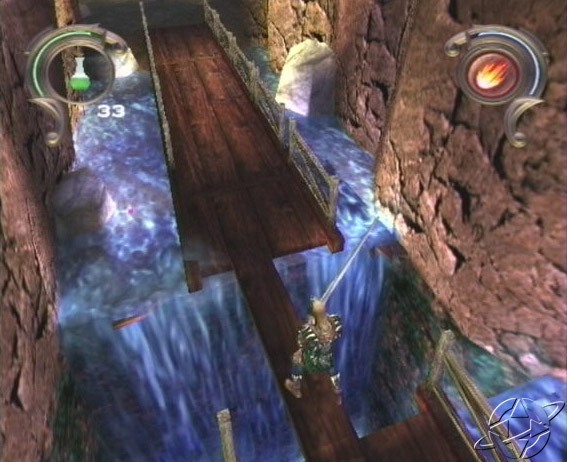
It was just a matter of whether or not we thought it looked beautiful. For this film, we used a process for coloring and lighting called color scripting. We had Mizutamari Higashi do the color scripts for important scenes so we could ensure they turned out beautiful. I had never used anyone from that section on my previous projects, so it was new for me. Wada and his team had a condition from the beginning that the project should make use of Wit Studio’s action animators.īut it was definitely effective.” Executive Producer Jouji Wada had a specific request. I knew that as long as the film had a lot of action scenes, there would always be places I could use the skills I’d acquired up to that point.”Īraki has his own unique interpretation of a post-apocalyptic Tokyo. “I think the attraction is in the shock of seeing a familiar cityscape in ruins,” he says. “I was also very interested in the beauty of dilapidation.

However, for this film, I often told the staff not to portray the world as a dystopian one.

From the main characters’ perspective, it’s a utopia. I would also say to the art team that the world outside the bubble was stifling for the characters and that their world should be depicted as a utopia so the visuals would convey their feelings of happiness. There’s a tendency to immediately draw a dystopia as an unpleasant place, but based on my description, I got them to depict it as a lovely and beautiful place instead.” Despite the fantasy aspect, the characters and story had to have an element of reality. “I tried to incorporate the traditional vivid look of Japanese anime while also incorporating realistic layouts. I think my style falls somewhere between realistic and comic book,” Araki adds. Plate photography was conducted in Sicily, but not in New York City. “The visual effects team shot thousands of photographs of neighborhoods, like Columbus Circle, Mulberry Street and Carroll Gardens,” Mangia remarks. “It was important especially for me as I’m originally from New York City and of Italian-American heritage, that if we’re making a show about The Godfather set in New York City it has to have that authenticity, otherwise my great-grandfather is going be rolling over in his grave! We did source a lot of the designs of the buildings, textures, grunge and patina that is on everything in New York City. There is nothing clean in New York City.” New York City has changed a great deal since the early 1970s.

Mangia explains, “That was part of the reason why it didn’t make sense to shoot the show there, because some of the locations that we were depicting either don’t exist anymore or don’t look anything like they used to. We looked through photo and video archives of New York City, old tax survey photos, and we were collaborating with the art department the entire time to get the aesthetic right.”Īctual set plans from The Godfather were sourced by the art department led by Production Designer Laurence Bennett ( Billions). “They were able to rebuild the Don’s office based on the original blueprints of Louis Restaurant where Michael Corleone shoots Virgil Sollozzo and Mark McCluskey was redone completely from scratch,” Mangia reveals.
ELLIOT QUEST 3DS CIA DOWNLOAD HOW TO
“But some of the other things, like Best & Co., which is a department store that is no longer on Fifth Avenue, we had built on the backlot, and we were able to do some previs to work out how to fit the building by taking over the top of it and extending it by three or four display windows. Patrick’s Cathedral, Saks Fifth Avenue and Cartier Building.

All of these landmark buildings on Fifth Avenue would be there and are actually in The Godfather.


 0 kommentar(er)
0 kommentar(er)
